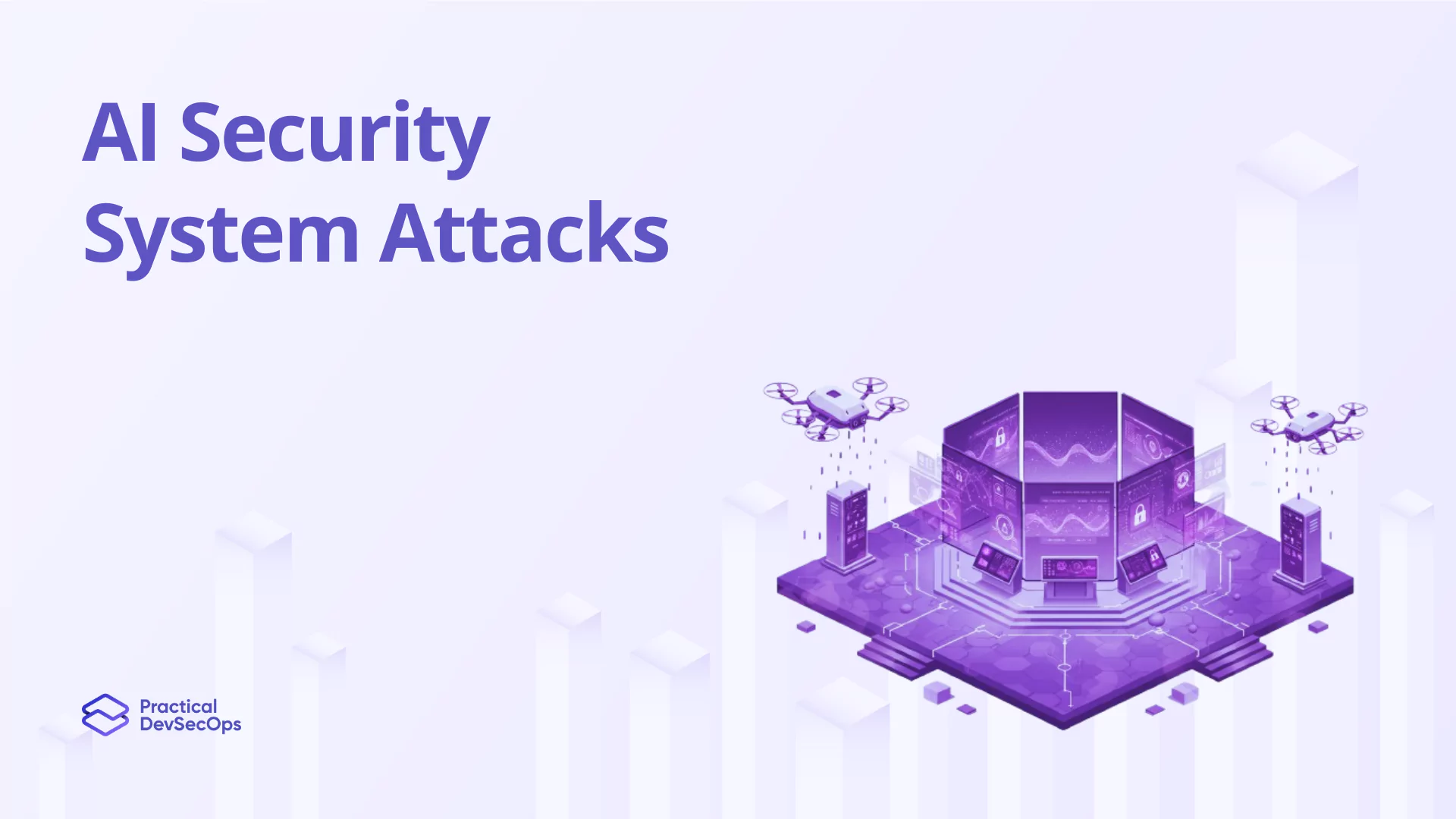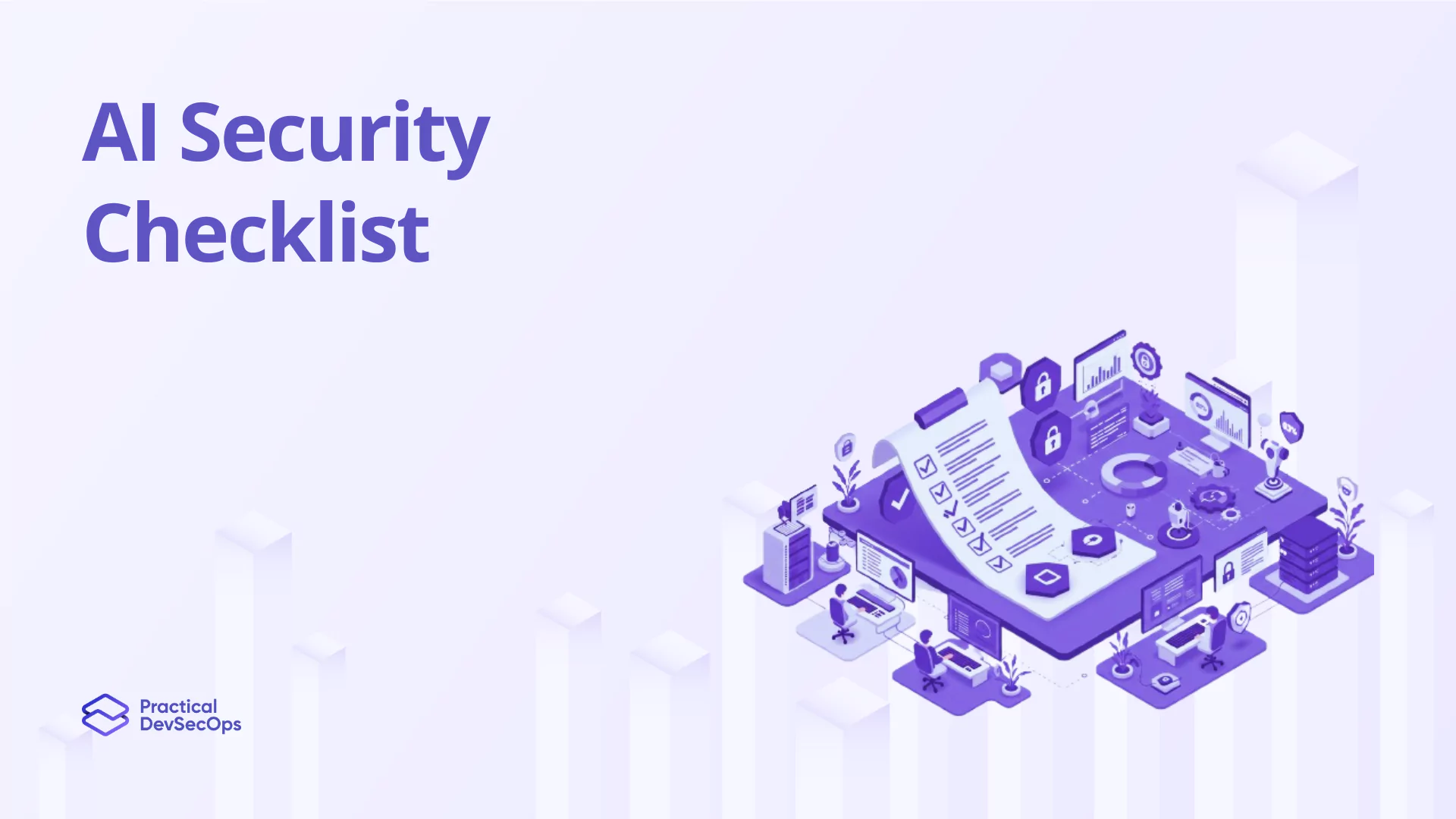With software at the center of almost every industry today, protecting that supply chain has never been more important. Almost every stage in the software lifecycle is potentially under threat from a range of malicious actors, so businesses are looking to enhance supply chain security. But at the core of this security issue are the repositories.
Repositories are the central hubs for architecting, serving, and storing software artifacts: source code, binaries, as well as dependencies. Due to repositories being an essential part of a software supply chain, they are considered an important resource but also a potential vulnerability.
This post outlines how repositories impact supply chain security and provides strategies to better manage these relationships to protect your software against an ever-changing threat environment.
Also read about Recommended practices for SBOM consumption
Understanding Software Supply Chain Security
Definition of Software Supply Chain Security
Software supply chain security refers to the practices and processes aimed at protecting the integrity, confidentiality, and availability of software throughout its lifecycle. This includes securing the components, tools, and workflows involved in software development, distribution, and deployment. The goal is to prevent malicious actors from compromising any part of the supply chain, thereby ensuring that the software delivered to end-users is free from vulnerabilities and backdoors.
Importance of Securing the Entire Supply Chain
The software supply chain encompasses a wide range of activities and components, from writing and storing code to integrating third-party dependencies and deploying applications. A single weak link in this chain can have disastrous consequences, as evidenced by high-profile attacks like SolarWinds. Securing the entire supply chain, therefore, involves not just protecting the code itself but also the repositories, tools, and processes that manage it.
Overview of Common Threats and Vulnerabilities
Some of the most common threats in the software supply chain include:
- Malware Insertion: Attackers may insert malicious code into software during development or distribution.
- Dependency Confusion: Exploiting weaknesses in package management systems to inject malicious dependencies.
- Compromised Credentials: Unauthorized access to repositories through stolen or weak credentials.
- Supply Chain Hijacking: Taking control of legitimate software distribution channels to spread compromised software.
Also read about Software Supply Chain Security Key Incidents
The Role of Repositories in the Software Supply Chain
Types of Repositories
Source Code Repositories
A source code repository is a platform where programmers store their code. These tools facilitate team collaboration, version control, and code reviews. Examples include GitHub, GitLab, and Bitbucket. These repositories are crucial for preserving the version history and integrity of the software being developed.
Binary Repositories
A binary repository is a way for companies to store and manage their pre-built software artifacts (e.g., compiled code, dependencies) that are ready for deployment. They are used to controlling software distribution in a consistent, dependable way. Examples include JFrog Artifactory and Nexus Repository. These repositories ensure that the correct binaries are used across different environments.
How Repositories Fit into the Supply Chain?
Among the components of software supply chain, repositories are key for handling dependencies and artifacts. Your platform provides an authoritative architectural reference point for software components, which ensures that developers are using the right code and binaries. This is important to keep things consistent and traceable throughout the lifecycle of application development.
Importance of Version Control and Traceability
One of the most important things provided by repositories is version control which allows teams to record changes, manage different versions of code, and revert back to previous states if needed. Such traceability is important for auditing and compliance, not only in the context of when something was changed but also by whom it was done.
Also read about Software Supply Chain Security with Zero Trust
Security Challenges Associated with Repositories
Vulnerabilities in Source Code Repositories
Source code repositories are critical components of the software supply chain, but they can harbor vulnerabilities that threaten the entire development ecosystem. These weaknesses may include misconfigured access controls, exposed sensitive data, or compromised dependencies. Attackers can exploit these vulnerabilities to inject malicious code, steal intellectual property, or disrupt development processes.
Common issues include hardcoded credentials, unpatched repository software, and insufficient code review practices. Addressing these vulnerabilities requires robust security measures, such as multi-factor authentication, regular security audits, and automated scanning tools. Protecting source code repositories is essential for maintaining the integrity and security of the software supply chain.
Risks of Exposed Credentials and Sensitive Data
Since source code repositories sometimes store credentials and other sensitive data—a top security hazard. For example, developers might accidentally commit API keys or plain-text passwords to the repository where everyone with access to that code can see. This can make the systems vulnerable to unauthorized access and possible data breaches.
Issues with Access Control and Permissions
Proper access control is critical in managing who can view or modify the code in a repository. Misconfigured permissions can lead to unauthorized changes, making it easier for malicious actors to insert vulnerabilities or backdoors into the codebase.
Also read Software Supply Chain risks to evaluate and mitigate
Risks in Binary Repositories
Challenges with Scanning for Vulnerabilities in Pre-built Binaries
Binary repositories store compiled code, which can be more challenging to scan for vulnerabilities compared to source code. Without proper scanning tools and processes, there is a risk that vulnerabilities in the binaries go undetected, posing a security threat when these binaries are deployed.
The Impact of Obfuscated Code on Security Assessments
Obfuscated code is designed to be difficult to understand or reverse-engineer, which complicates security assessments. While obfuscation can protect intellectual property, it also makes it harder to identify and address potential vulnerabilities within the binaries stored in repositories.
Also read about Role of Software Bill of Materials in Software Supply Chain
Best Practices for Securing Repositories
Importance of Role-Based Access Control (RBAC) and Least Privilege Principles
Role-based access control (RBAC) ensures that users have access only to the resources necessary for their role, reducing the risk of unauthorized actions. Implementing the principle of least privilege—where users are granted the minimum level of access required—further enhances security by limiting potential damage in the event of a breach.
Regular Audits and Monitoring
Conducting Security Audits to Identify Vulnerabilities
Regular security audits are essential for identifying and addressing vulnerabilities within repositories. These audits should include a thorough review of access controls, repository configurations, and the presence of any sensitive data.
Utilizing Monitoring Tools to Track Repository Activity and Changes
Monitoring tools can follow repositories and allow administrators to be notified in case of alerting any changes in the code, such as undesired access or unsolicited modifications. As you can imagine, this proactive approach to keeping your network secure does everything possible on its end regarding threats before they become catastrophic.
Dependency Management Strategies
Importance of Maintaining a Software Bill of Materials (SBOM)
An SBOM is a detailed inventory of everything that went into making things work, such as dependencies or third-party libraries. An SBOM will ensure that all components can be tracked, making it easier for you to replace/delete/update vulnerable components.
Best Practices for Dependency Vendoring to Enhance Security
Dependency vendoring involves including third-party dependencies directly in the project’s codebase rather than relying on external sources. This practice enhances security by ensuring that the exact versions of dependencies are used consistently, reducing the risk of introducing vulnerabilities through updates or external changes.
Automating Security Processes
Using CI/CD Pipelines to Automate Vulnerability Scanning and Testing
Continuous Integration and Continuous Deployment (CI/CD) pipelines can automate security processes, such as vulnerability scanning and testing, ensuring that security checks are performed consistently with every code change. Integrating security tools into the CI/CD workflow helps catch vulnerabilities early in the development process.
Importance of Integrating Security Tools into the Development Workflow
Security should be an integral part of the development process, not an afterthought. By integrating security tools into the development workflow, teams can identify and address security issues as they arise, reducing the risk of vulnerabilities making it into production.
Also read Software Supply Chain Security Interview questions and answers
Case Studies and Real-World Examples
Analysis of Notable Supply Chain Attacks Involving Repositories
SolarWinds
The attack on SolarWinds is one of the largest supply chain hacks to have been discovered in modern times. The attackers infiltrated the company’s software build process, adding malicious code to a legitimate piece of software that was deployed to thousands of customers—some government agencies and Fortune 500 companies. The notion of compromised repositories and build systems was very real with this attack.
Codecov
The attack on SolarWinds is one of the largest supply chain hacks to have been discovered in modern times. The attackers infiltrated the company’s software build process, adding malicious code to a legitimate piece of software that was deployed to thousands of customers—some government agencies and Fortune 500 companies. The notion of compromised repositories and build systems was very real with this attack.
Also read about Software Supply Chain Security Tools
Lessons Learned from These Incidents and Their Implications for Repository Management
Those case studies highlight the extensive chain of consequences caused by vulnerabilities in a repository and the necessity for stringent security mechanisms. A new awareness and a slightly less cavalier attitude could go a long way in encouraging organizations to both start safeguarding these repositories but also keep that security in focus at every stage of the software build lifecycle.
Emerging Trends and Future Considerations
The Growing Role of AI and Machine Learning in Repository Security
AI and machine learning are increasingly being used to enhance repository security. These technologies can analyze large amounts of data to detect patterns and anomalies that may indicate a security threat. As these tools become more sophisticated, they will play a crucial role in automating and improving security in the software supply chain.
Predictions for the Evolution of Repository Management in Software Supply Chains
As software development becomes more complex and distributed, repository management will continue to evolve. We can expect to see more advanced tools and practices for securing repositories, including greater integration of security into development workflows and the use of blockchain technology for enhanced traceability and integrity.
Importance of Compliance with Industry Standards and Regulations
As organizations further seek to secure their software supply chains, adherence to industry standards and regulations like SLSA (Supply Chain Levels for Software Artifacts) will rise in importance alongside SPDX. Following such standards helps to enforce the best practices so that we develop and deploy our software with security vulnerabilities.
Also read about 7 Pillars to Strengthen Software Supply Chain Security
Conclusion
One thing is certain: repositories are the backbone of the Software Supply Chain and have a significant influence on building, keeping track & distributing software components. As a result, it is important to secure the repositories in order to protect the entire supply chain from sophisticated threats.
Applying industry standards and regulations, continuously auditing their repositories, following guidance on best practices, and planning for new innovations enable organizations to use these features in a secure and resilient manner. Organizations are urged to prioritize securing their repositories and integrate them into their security strategies. By doing so, they can protect their software assets and ensure the safety of their users—all while maintaining trust in what is a high-stakes business decision.
To further bolster your organization’s defenses against these evolving threats, consider advancing your team’s expertise through our Certified Software Supply Chain Security Expert course. This training provides deep insights into safeguarding your repositories and enhancing overall supply chain security. Enroll now and empower your team to make informed, secure decisions in managing software supply chains.
Also read about Types of Software Bill of Materials
Frequently Asked Questions
What are software repositories?
Software repositories are centralized storage locations for managing software packages, libraries, and code, facilitating version control and dependency management.
How can repositories be secured?
Repositories can be secured by implementing strong access controls, regularly auditing contents, using signed commits and packages, monitoring activity, enforcing secure coding practices, and automating security checks.
What are the common security risks associated with repositories?
Common risks include malicious code insertion, dependency confusion, insufficient access controls, and lack of regular audits.
Why is dependency management important in repositories?
Dependency management ensures that software projects have access to the correct versions of required libraries and components, reducing the risk of vulnerabilities.
How do tools like SCA help in repository security?
Software Composition Analysis (SCA) tools identify and manage vulnerabilities in third-party components and dependencies, enhancing repository security.







0 Comments